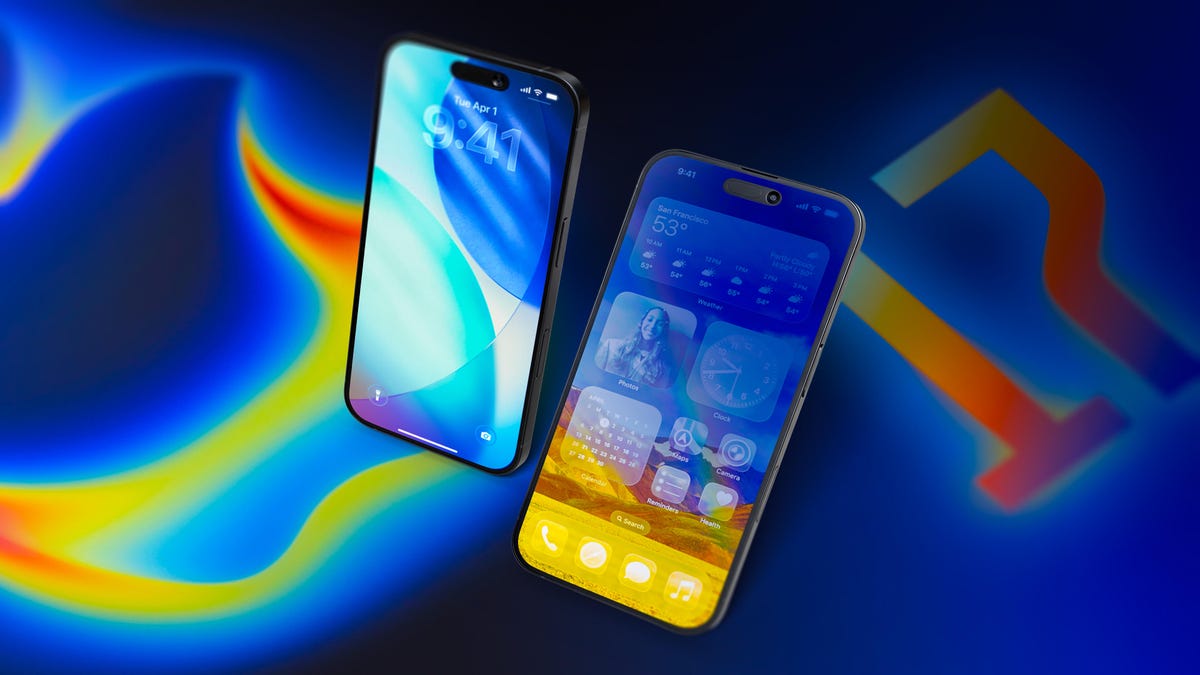iPhone's AI Crossroads: Can Apple Dodge Its Silicon Valley Ghosts?

Apple's recent iPhone 16 launch was a masterclass in artificial intelligence marketing, positioning AI as the centerpiece of their latest smartphone offering. While the strategy was compelling for this generation, the tech giant must be cautious about repeating the same narrative for the iPhone 17.
The AI-centric approach worked brilliantly for the iPhone 16, capturing consumer imagination and highlighting potential technological breakthroughs. However, consumers are sophisticated and will quickly tire of repetitive messaging without substantial, tangible improvements.
For the iPhone 17, Apple needs to go beyond mere AI buzzwords and demonstrate meaningful advancements that genuinely enhance user experience. This means not just incremental upgrades, but transformative features that solve real-world problems and provide unique value.
Simply recycling the same AI-focused pitch could backfire, potentially making consumers perceive the marketing as hollow and lacking genuine innovation. Apple's strength has always been about creating seamless, intuitive technology that feels revolutionary, not just technologically impressive.
The challenge for Apple will be to continue pushing technological boundaries while ensuring that AI integration feels natural, useful, and genuinely improves how people interact with their devices. The iPhone 17 must prove that AI is more than just a marketing slogan—it must be a meaningful tool that enriches users' digital lives.








